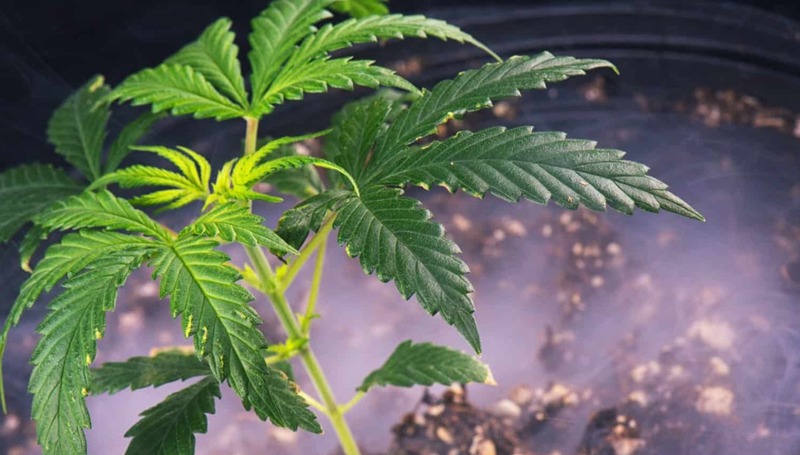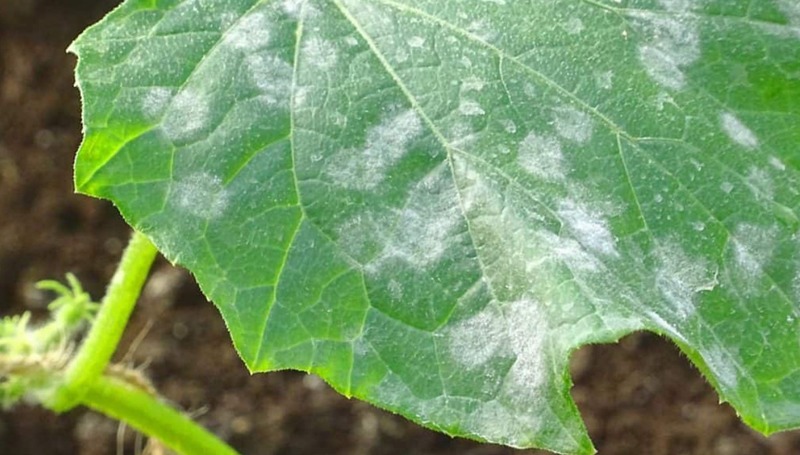Because cannabis contamination is typical, recognizing it early is critical. It will not only protect marijuana consumers but also help to foster consumer confidence in the burgeoning cannabis sector. Looking to try something new? Check out this.
Cannabis use has never been more widespread. However, there have been reports of increasingly tainted marijuana in recent years, something no user or self-respecting grower wants to encounter.
So, good news for you since you’ve arrived at this page because we’ll go through everything you need to know about marijuana contamination. You’ll discover how marijuana becomes tainted as well as some useful hints on detecting and avoiding it.
When you’re a grower, contaminated marijuana is par for the course. It’s critical to be aware of every stage of the process and what to look for if you don’t get the desired yield. Cannabis plants that have been contaminated are one cause of this problem.

There’s a lot of interest in recreational and medical marijuana these days, but no one wants to buy cannabis that has been mishandled. It’s critical for producers to supply healthy cannabis plants to satisfy the market and consumer demands. We’ve put up a list of pointers on how to identify tainted marijuana as well as steps you can take to avoid getting contaminated.
Digging Deeper Into Cannabis Contamination
Cannabis is becoming increasingly fashionable all around the world. In fact, several countries are currently changing cannabis laws in order to allow legal recreational and medical usage. However, with each advance comes a corresponding setback.
I mean, there are so many of us. Regulations and inspections should reduce the amount of contamination, right? Other than experience and knowledge, there are no tests for home growers. Because cannabis may be contaminated throughout the growth, harvesting, and extraction process, it’s quite typical. If storage locations are kept for an extended period of time.
It’s crucial to understand what to look for when inspecting your roof, especially because mildew and mold are simple to spot with experience. Other pollutants that can only be detected by chemical testing as a result of the weather and environment
Factors
Contamination is determined by a number of conditions, depending on whether you’re growing marijuana outside or inside. You can only trust your intuition and experience to ensure that your cannabis is safe. It might take some trial and error to begin, or it may necessitate learning more about how to decipher tainted marijuana.
Contamination of your cannabis is a common occurrence, and it can happen at any time during the growth process. It may occur when you’re harvesting or extracting oil. Contamination can occur in facilities if your cannabis is kept there for lengthy periods of time, especially if it’s stored indoors. Mold and mildew may wreak havoc on your plants if they are exposed to it while being subjected to chemical testing.
Fungus
One of the reasons for contaminated cannabis is fungus. Mold and mildew infestations cause contamination. You may be sure that your cannabis plant has a fungal infection if you notice fuzzy texture or white dust on its leaves.
Humidity can be a significant issue, especially when cannabis is stored in such tight conditions. It’s critical to use a hygrometer and thermometer to maintain the correct humidity level. Keep an eye on things on a regular basis for telltale signs of unclean cannabis.
Bacteria
Bacteria are another source of bad cannabis. Over time, germs accumulate. As a result, it’s critical to detect any contamination as soon as possible. Bacilli have been discovered in dispensary-sold medical marijuana, according to research. Microbial testing must be used to discover contamination first.
Solvent Residue
Some farmers use the extraction process to create hash oil, tinctures, edibles, and topical treatments. Despite the fact that there are several advantages for the medical profession in utilizing this approach, it does produce solvent residue.
However, this is only true if the procedure isn’t done properly. When you’re producing extraction-based goods, exercise extreme caution or you risk having contaminated cannabis products on your hands.
Insects and Pesticides
Bugs may be a sign of trouble in your cannabis grow operation. However, do not use spray pesticides since you run the risk of producing contaminated cannabis issues if they are too potent. Insects can be killed with sprays, but their crops are also susceptible to harm.
It’s also crucial to remember that pesticides on your cannabis plant can be harmful to the consumer. Even after it has been harvested and cured, some pesticides remain within the plant and endanger human health.
Pesticides
Insects are one of the most prevalent problems that a cannabis grower may face. Unfortunately, the most popular approach they use to combat this is to spray pesticides. Though this method may keep pests from consuming their cannabis plants, it has significant health implications for the end user.
Even after the plant has been harvested and dried, pesticides may still be found in it. Breathing pesticides such as imidacloprid, spiromesifen, and etoxazole is dangerous to one’s health.
Final Summary
Pesticides are harmful to everyone’s health, but because they happen all the time, it’s critical to monitor the entire plant development process. It is preferable to test the crop after it has been harvested. When using legal chemicals, always keep track of local regulations.
